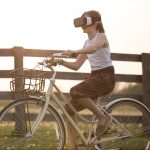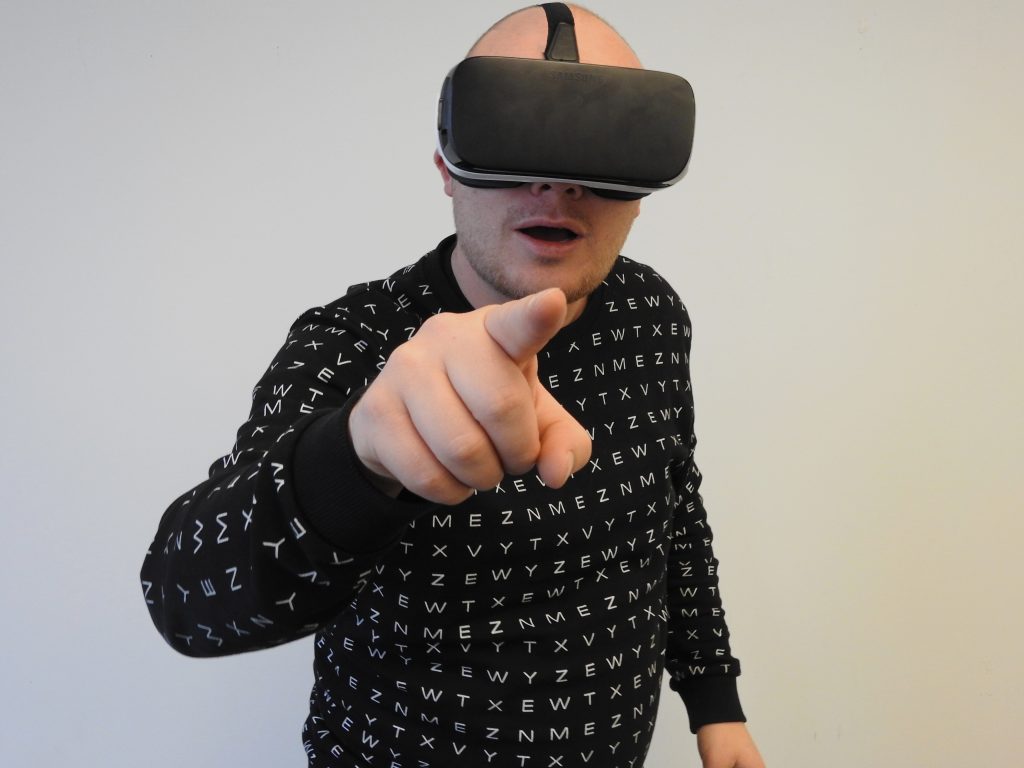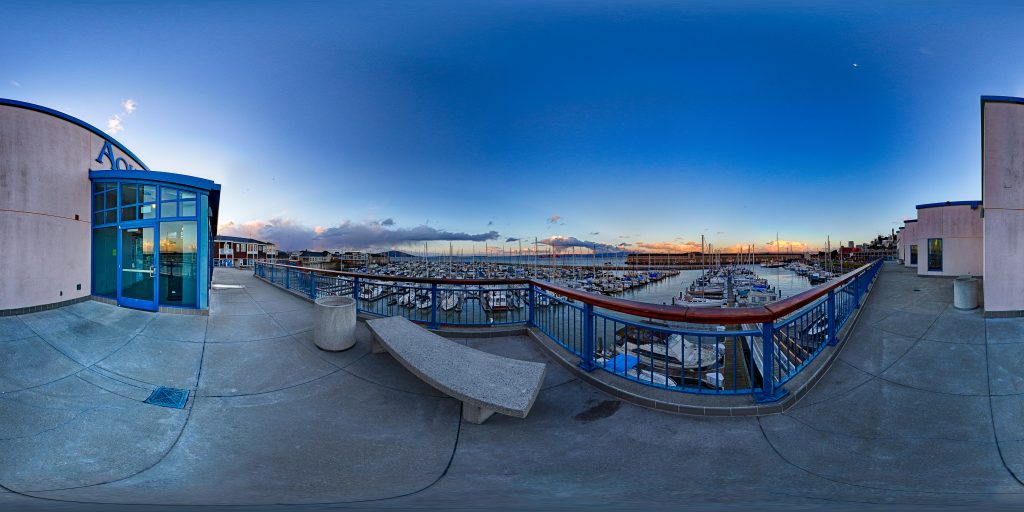 The most straightforward definition of Virtual Reality (VR) would be that it is a computer emulated 3-dimensional reality which can be explored and interacted with by a person. Additionally, we could say that when an application renders a visual and audio scene to its user, in a manner that imitates the visual and audio sensory stimuli of the real world as naturally as possible, then that user is in the virtual reality. As he or she moves through this virtual environment and possibly (but not necessarily) interacts with the objects within the rendered scene, the VR application delivers a new visual and audio scene and provides an immersive experience to a user.
The most straightforward definition of Virtual Reality (VR) would be that it is a computer emulated 3-dimensional reality which can be explored and interacted with by a person. Additionally, we could say that when an application renders a visual and audio scene to its user, in a manner that imitates the visual and audio sensory stimuli of the real world as naturally as possible, then that user is in the virtual reality. As he or she moves through this virtual environment and possibly (but not necessarily) interacts with the objects within the rendered scene, the VR application delivers a new visual and audio scene and provides an immersive experience to a user.

The VR applications usually require a head mounted display (HMD) so that the user field of view is completely replaced by the displays of the HMD (two displays, one for each human eye). Apart from HMD, for full immersive experience, the users wear headphones. In order to interact with the objects in this virtual environment (for instance, in a VR game) the HMD can be accompanied by haptic devices. Nowadays, VR technology is mostly used in the gaming industry, however, new services are emerging such as 360° video streaming, different educational applications, medical training, social networks etc.

In the QoE4VR project, our intention is to disclose how changing network performances impact a user perception while in a VR environment. Hence, in the project, we will use interactive applications (such as VR games) as well as video streaming to test a user QoE. For QoE in VR games, we plan to investigate how network latency and packet loss impacts the responsiveness of a human game avatar while interacting with the objects in a VR and overall user enjoyment. Additionally, we will also test a user QoE when video framerate and resolution are degraded by the decrease of network performances.

